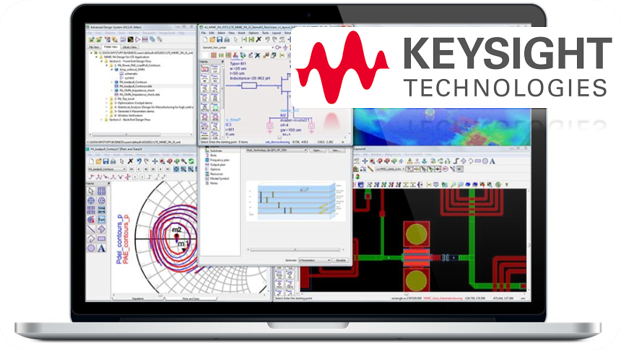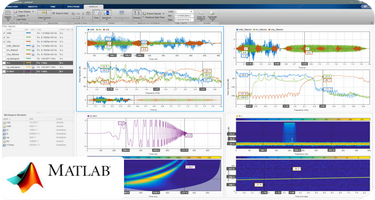Dr. Alexander Rukhlenko has his philosophy and strong personal view on the development and future of the SAW computer-aided design (SAW CAD). There is no other way but to integrate innovative and more accurate SAW/BAW models into the standard design practice. Currently, there exists a gap between sophisticated SAW models developed and published by SAW researchers using MATLAB, Simulink, Comsol, Ansys HFSS, etc. and models used in the practical design of SAW/BAW industrial products.
Despite the former models provide much better accuracy and predictability, they are sophisticated, time consuming, not self-contained, and incompatible with the commercial CAD software, in most cases. Due to the numerous limitations and compatibility issues, SAW/BAW designers have to use for designing industrial products the simplified approximate models. In most cases, these models take form of the closed-form equations (Coupling-of-Modes (COM) model for SAW filter design, for example) or equivalent circuit models (Mason or mBVD models for FBAR filter design) which are most relevant and compatible with the standard commercial design tools such as Advanced Design System – ADS (KeySight) or similar electronic circuit simulators.
Dr. Alexander Rukhlenko is one of a few consultants who possesses unique combined skills which allow him to cover this gap and contribute into variety of modeling approaches and techniques. On one hand, he has developed an extremely useful and versatile interface between ADS and MATLAB that utterly resolves an issue of incompatibility between ADS and MATLAB models. On the other hand, he is skillful in techniques which allow to improve the design environment and capabilities regardless the design models used. For example, the enhancement can be achieved due to efficient vectorization of the MATLAB SAW models and computational algorithms, rational use of the interactive API and GUI interfaces at different design stages, ADS AEL (Application Extension Language) programming, effective optimization and iterative techniques, development of the specific design tools and toolboxes tailored to customer needs, automation of the routine design and measurement operations, etc. Such complex and systematic all-in-one approaches allow him to improve design efficiency and capabilities, exclude or facilitate inefficient design steps and operations and, in the end, reduce overall design cycle.


